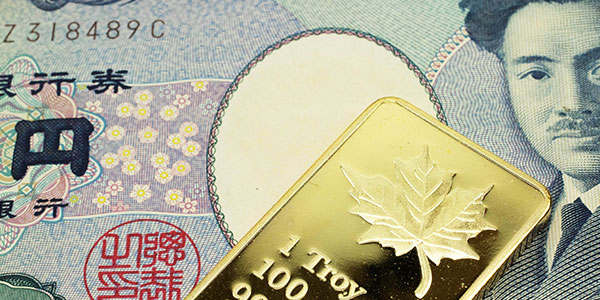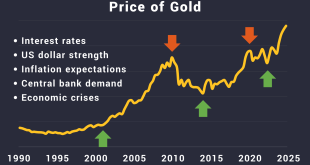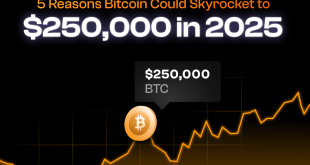China’s gold market is currently witnessing something of a gold rush, but maybe not in the way you’d expect. While the demand for sparkly gold jewelry is holding steady, investment in solid gold bars and coins is going through the roof! It’s like everyone’s suddenly channeling their inner Scrooge McDuck, diving into vaults of bullion. But why is this happening, and what does it mean for the rest of us? Let’s dig in, shall we?
The Surge in Bar and Coin Demand
Seriously, the numbers are pretty staggering. You’ve got to wonder what’s fueling this sudden frenzy for physical gold. Is it just paranoia? Or is there something more profound going on? I’m leaning towards the latter, honestly.
Factors Driving Investment
Okay, so what’s behind this bullion boom? Well, a big part of it is likely down to economic uncertainty. When things get shaky, people tend to flock to safe-haven assets, and gold has always been the poster child for that. Think of it as financial comfort food – a warm, shiny security blanket. Plus, with property market wobbles and stock market jitters, where else are people supposed to put their money? Gold kinda seems like a no-brainer, doesn’t it? And let’s not forget the cultural aspect. Gold has always been seen as a store of value in China, something passed down through generations.
Impact on Gold Prices
Unsurprisingly, this surge in demand has had quite the impact on gold prices. You know, basic supply and demand stuff. But it’s more than that. It’s creating a ripple effect throughout the global market, pushing prices higher and making everyone else sit up and take notice. Could this be the start of a new golden era (pun intended)? Maybe. I guess only time will tell.
Stagnant Jewelry Demand: Why the Disconnect?
Here’s where things get interesting. You might think that if everyone’s buying gold, jewelry sales would also be booming. But no. Demand for gold bling is surprisingly…meh. What’s going on? What gives?
Changing Consumer Preferences
Well, for starters, consumer tastes are changing. Younger generations aren’t necessarily as hung up on traditional gold jewelry as their parents or grandparents were. They’re more into different styles, different materials, and, let’s be real, things that look good on Instagram. Gold jewelry can sometimes feel a bit… dated, I guess? It’s a tough sell when you’re competing with sleek, modern designs.
Economic Headwinds Affecting Jewelry Purchases
And let’s not forget about the economy! Times are tough, and when money’s tight, non-essential purchases like fancy gold necklaces tend to be the first things to get cut. Plus, with so much focus on saving and investing, people might be thinking twice about dropping a load of cash on something that just sits in a jewelry box. Seems kinda sensible, right?
Government Influence and Policies
Now, here’s a twist: the Chinese government isn’t just sitting on the sidelines watching this all unfold. They’re actively involved, nudging things along (or, you know, giving them a firm shove) with their own policies. Gotta love a government that’s not afraid to get its hands dirty…or golden, in this case.
Promoting Gold Ownership
The government has been actively encouraging gold ownership. It’s seen as a way to diversify investments and protect against inflation. They’ve been doing this through various channels, from educational campaigns to making it easier for people to buy and store gold. Smart move, if you ask me. Spreads the wealth, kinda.
Central Bank Gold Reserves
And, of course, we can’t forget about the People’s Bank of China. They’ve been steadily increasing their own gold reserves, sending a strong signal about the importance of gold as a strategic asset. It’s like they’re saying, “Hey, if it’s good enough for us, it’s good enough for you!” Who am I to argue?
Impact on the Global Gold Market
So, what’s the big picture here? How does all this affect the global gold market as a whole? Well, spoiler alert: it’s pretty significant.
Supply and Demand Dynamics
China is a huge player in the gold market. Like, seriously huge. So, when they start gobbling up bars and coins like they’re going out of style, it inevitably puts pressure on global supply and demand. It’s Economics 101, really. More demand, less supply… you do the math.
Price Volatility and Speculation
And of course, all this activity leads to increased price volatility and speculation. Traders and investors are constantly trying to predict what China will do next, leading to some pretty wild swings in the market. It’s a roller coaster, but a golden one.
Future Outlook and Implications
Alright, crystal ball time! What does the future hold for China’s gold market? Will the bar and coin boom continue? Will jewelry demand ever make a comeback? Let’s take a peek…
Long-Term Trends in Chinese Gold Consumption
It’s tough to say for sure, but it seems likely that the trend of investment-driven gold demand will continue for the foreseeable future. Economic uncertainties aren’t going away anytime soon, and the government’s support for gold ownership isn’t likely to wane either. As for jewelry, well, it might see a bit of a resurgence as tastes evolve and the economy improves. But I wouldn’t bet the farm on it.
Potential Risks and Opportunities
Of course, there are always risks to consider. A sudden shift in government policy, a global economic meltdown, or even just a change in consumer sentiment could all throw a wrench in the works. But with risks come opportunities. Savvy investors could potentially profit from the volatility, and companies that can adapt to changing consumer preferences could find success in the jewelry market. It’s all a matter of playing your cards right.
So there you have it. The Chinese market’s obsession with gold bars and coins over jewelry is more than just a blip, and it is reshaping the global gold landscape. What do you think? Is this a sign of things to come, or just a temporary trend? And more importantly, are you tempted to invest in some gold yourself? I know I am!
 seeme
seeme



